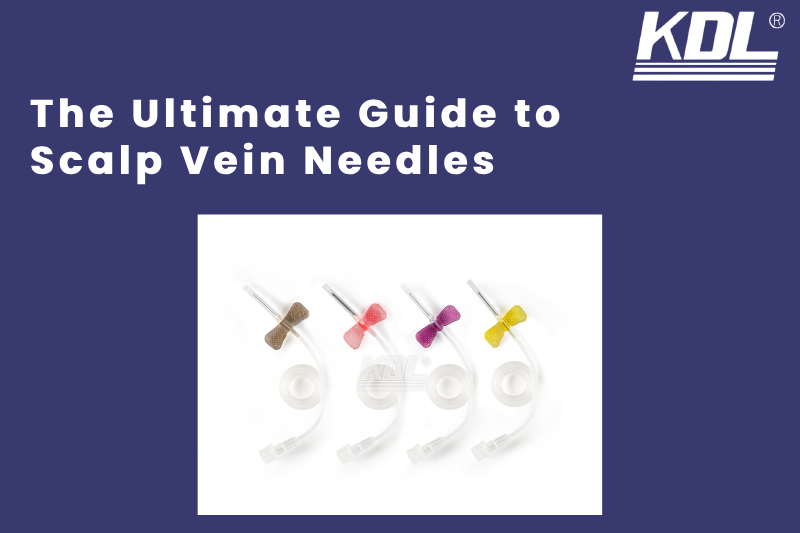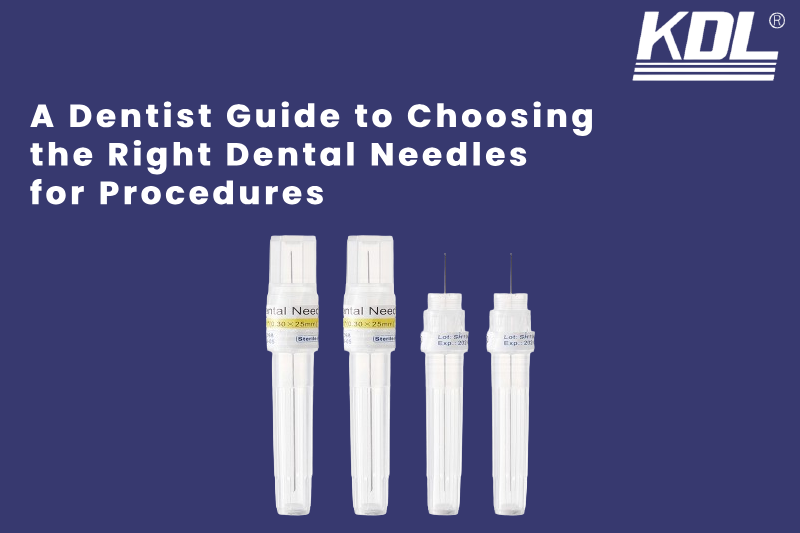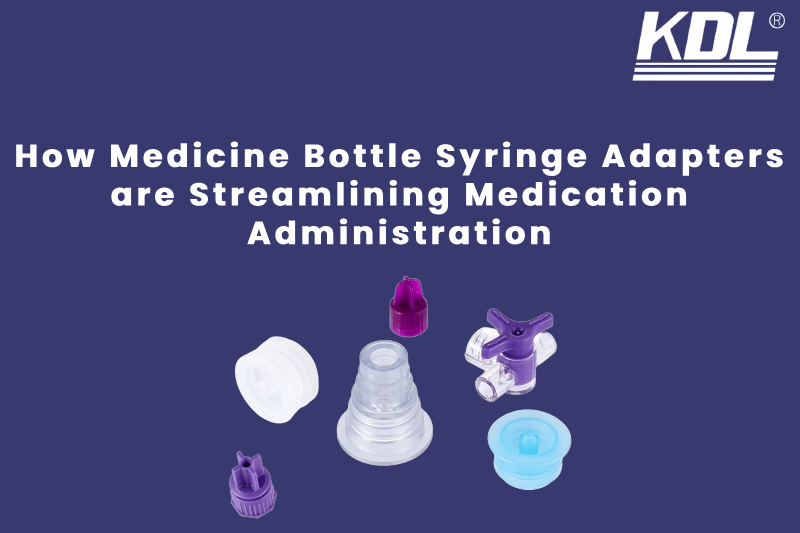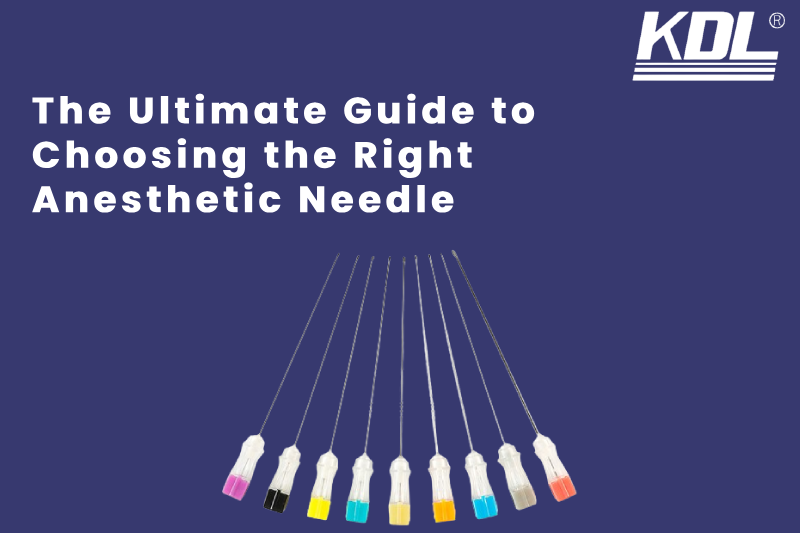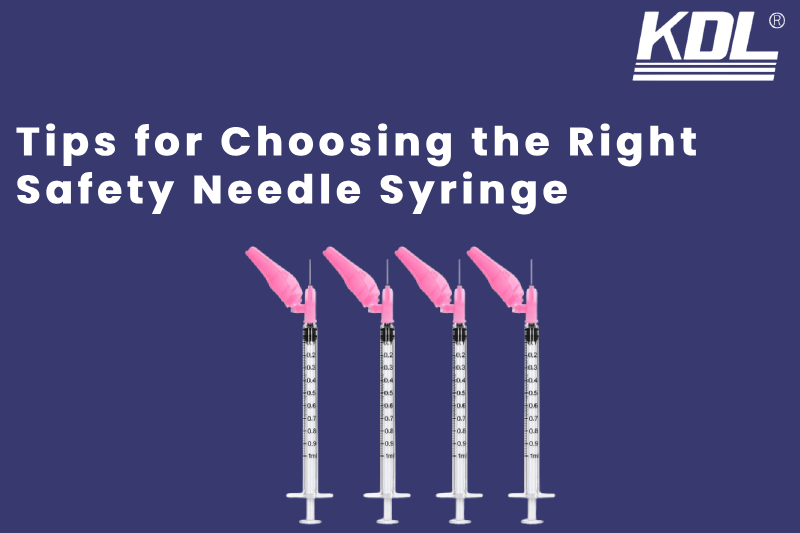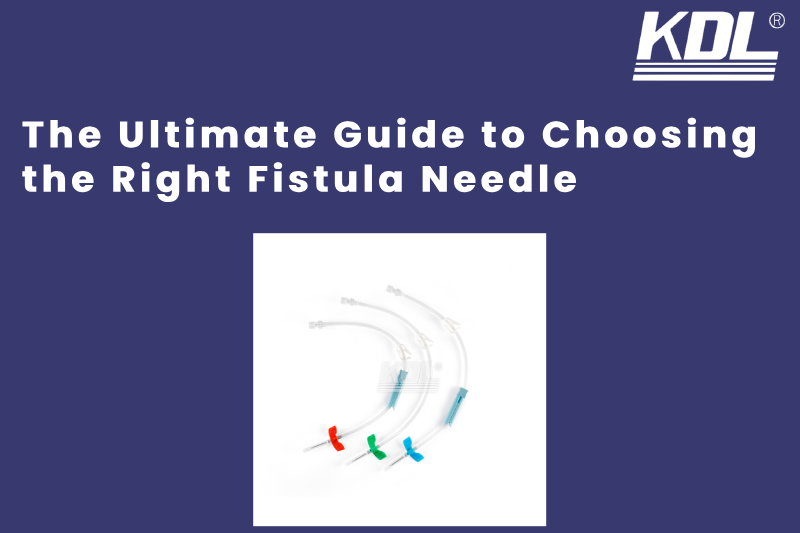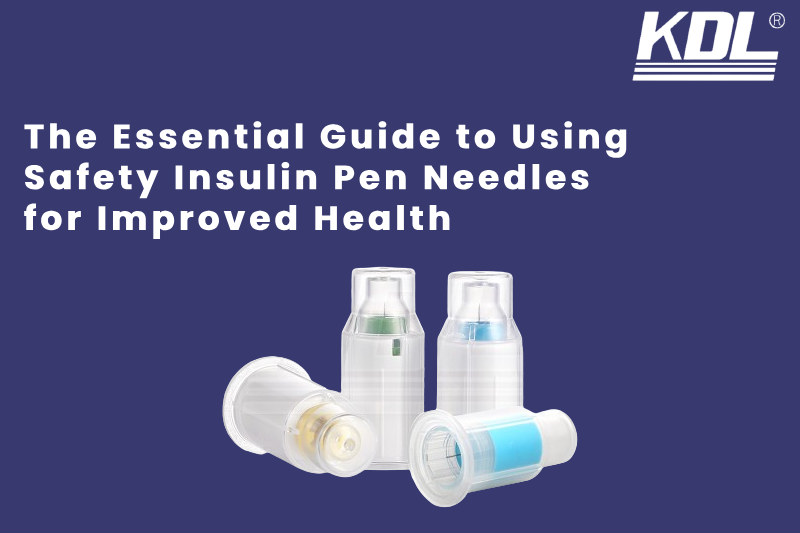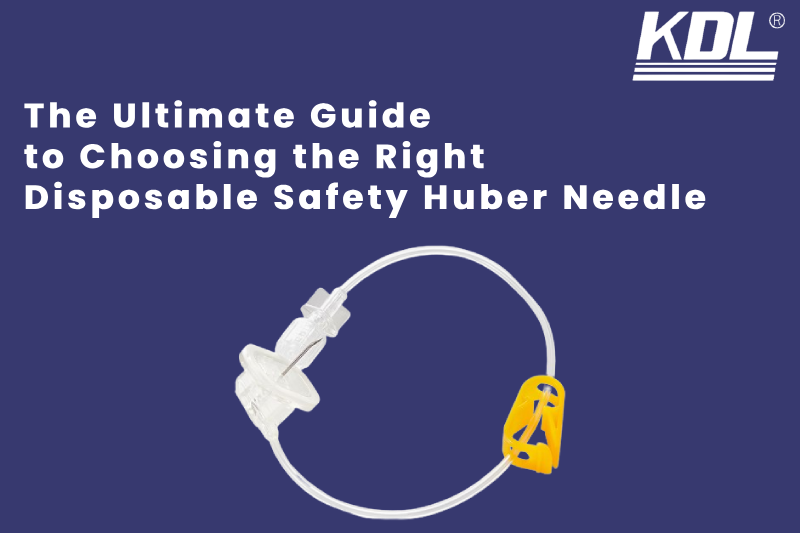
The comfort of patients during dental procedures should be a top priority for dentists. Not only does it ensure a positive experience for the patient, but it also leads to better treatment outcomes. One way to enhance patient comfort is by using disposable dental needles. In this blog post, we will discuss the benefits of disposable needles and provide tips for dentists to use them effectively.
The Importance of Patient Comfort in Dentistry
Many patients have a fear of needles, making them anxious and uncomfortable during dental procedures. This can lead to increased stress levels and make it difficult for the dentist to perform the procedure properly. In addition, patients who are not comfortable are more likely to avoid future dental visits, which can negatively impact their oral health. Therefore, it is crucial for dentists to prioritize patient comfort in their practice.
Choosing the Right Disposable Dental Needle
When selecting dental needles, there are a few key factors to consider. These include needle length, gauge, and brand. A longer needle may be necessary for thicker tissues, while a shorter one may be more suitable for delicate areas. As for the gauge, a higher number indicates a thinner needle, which can reduce pain during insertion. It’s also essential to choose a reputable manufacturer of dental needle brand like KDL that meets safety standards.
The Advantages of Disposable Dental Needles
Dental procedures are an essential part of maintaining good oral health. However, these procedures come with risks, including the potential for needlestick injuries. Disposable dental needles offer a solution to this problem, providing numerous benefits to both patients and dental professionals.
1. Reduced Risk of Infection
The use of disposable dental needles significantly reduces the risk of infection as they are designed for single use only. These needles come in sealed packaging and are disposed of after each patient, eliminating the possibility of cross-contamination. Cross-contamination is a significant concern in dental settings, as even the tiniest mistake can lead to infections being transmitted from one patient to another. With disposable needles, this risk is greatly reduced, promoting a safer and healthier environment for both patients and dental professionals.
2. Improved Patient Comfort
Disposable dental needles are designed with the patient’s comfort in mind. They feature a sharp and thin needle that penetrates the skin quickly and smoothly, causing minimal discomfort. This is particularly beneficial for patients with needle phobia, as it reduces the fear and anxiety associated with dental procedures. The use of disposable needles also decreases the need for multiple injections, as they are less likely to bend or break, further improving patient comfort.
3. Enhanced Precision and Control
Dental professionals can choose the most appropriate needle for each procedure from a variety of sizes in pre-sterilized disposable dental needles. These needles have a sharp and thin design that provides exceptional precision and control, ensuring that the desire amount of anesthetic is inject accurately. This is crucial for successful and painless procedures, as the right amount of anesthesia can improve patient comfort and overall satisfaction.
4. Time and Cost Efficiency
Disposable dental needles are a time and cost-efficient option for dental practices. They eliminate the need for constant sterilization and maintenance, reducing the workload on dental professionals. Moreover, the risk of needle breakage or damage is lower with disposable needles, reducing the need for replacements and saving on cost. Ultimately, dentists can pass on these time and cost savings to patients, making dental procedures more accessible and affordable.
5. Environmentally Friendly
In addition to the above benefits, disposable dental needle is also environmentally friendly. As these needles are dispose of after use, there is no need for harsh chemicals or sterilization equipment, reducing the environmental impact. Additionally, the packaging materials used for these needles are often biodegradable, reducing waste and promoting a more sustainable dental practice.
Tips for Dentists to Enhance Patient Comfort with Disposable Needles
Here are some tips for dentists to use disposable needles effectively and enhance patient comfort:
Proper Technique for Needle Insertion
One of the main reasons for patient discomfort during dental procedures is the incorrect insertion of the needle. Make sure to use the appropriate technique for needle insertion, including holding the needle at the correct angle and using a gentle and controlled motion. This can significantly reduce the pain and discomfort felt by the patient.
Use of Topical Anesthetics
Topical anesthetics can be applied to the injection site before using the needle. This will temporarily numb the area, making the needle insertion less painful for the patient. It is important to wait a few minutes for the anesthetic to take effect before proceeding with the procedure.
Communicating with the Patient
Effective communication is key to enhancing patient comfort. Explain the procedure and what the patient can expect, including the use of disposable needles. This will help alleviate any fears or concerns they may have and build trust between the patient and the dentist.
Proper Disposal and Safety
Remember, proper disposal of disposable dental needles is crucial to prevent any cross-contamination. Be sure to follow safety protocols and dispose of used needles in a medical sharps container. This will not only protect your patients, but also you and your staff.
Conclusion
Incorporating disposable dental needles into your practice can greatly enhance patient comfort and help alleviate fear and anxiety associated with dental procedures. By following these tips, you can provide your patients with a painless and positive experience every time they visit your office. Remember to choose the right needle, use proper technique, communicate effectively, and prioritize patient comfort.
 +86-791-8686-1216
+86-791-8686-1216 



